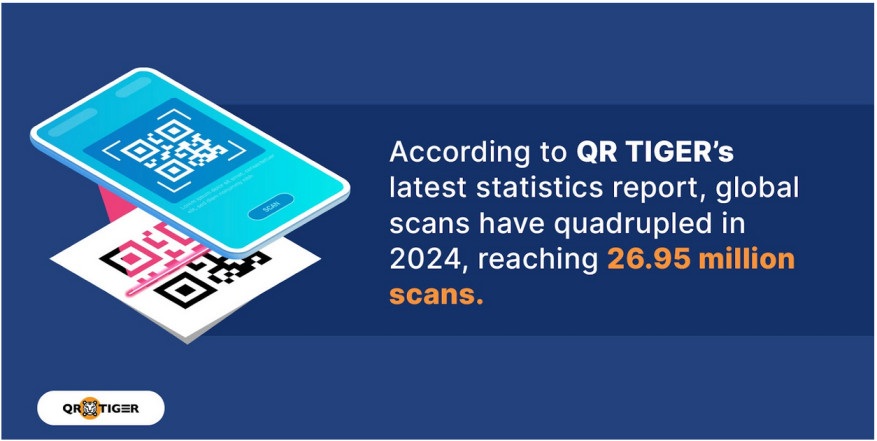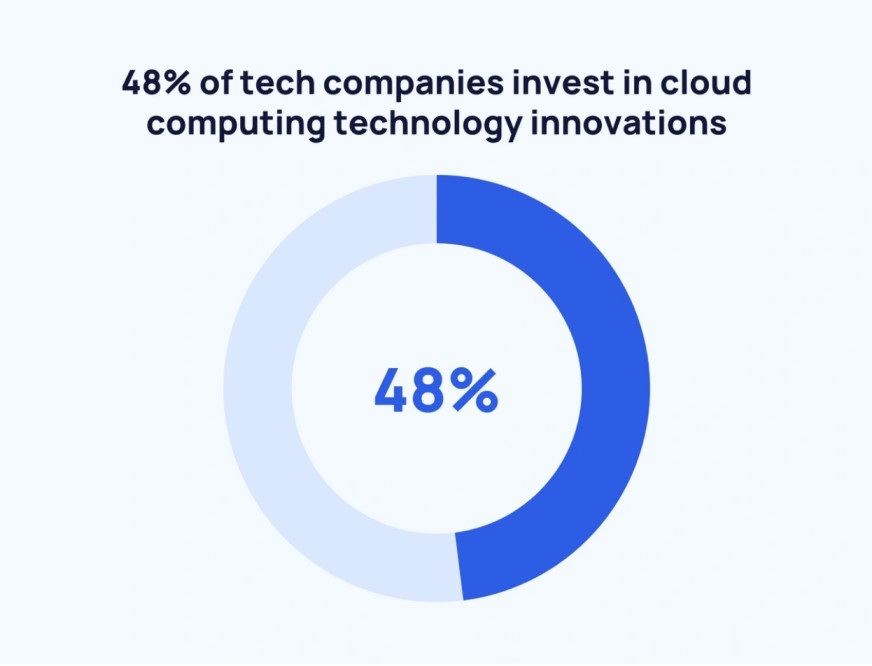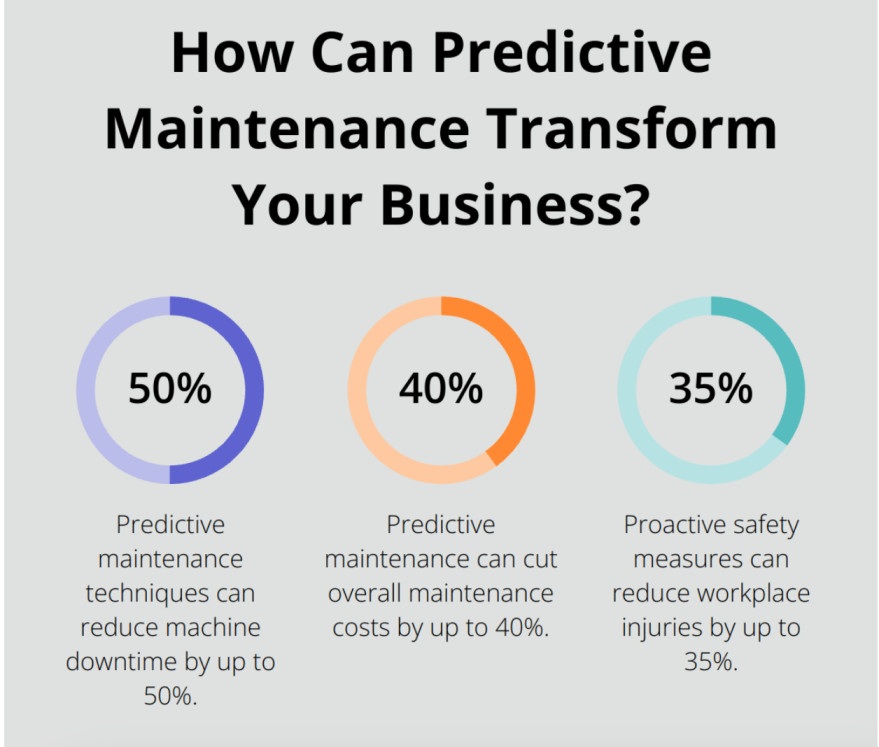Why Education Asset Tracking is Important: 7 Best Practices
Do you know how educational institutions keep track of all their expensive equipment? The answer to it lies in education asset tracking. Read inside for more.
In this article:
- What is Education Asset Tracking?
- 5 School Asset Examples
- 7 Best Practices for Education Asset Tracking
- 1. Utilize Barcode Scanning to Manage Mobile Devices
- 2. Leverage Cloud-Based Asset Management Solutions
- 3. Build a Centralized and Transparent Asset Management Platform
- 4. Create an Accountability Framework for Education Asset Tracking
- 5. Assign Responsibility Roles
- 6. Identify High-Value Assets
- 7. Schedule Regular Maintenance to Prolong Asset Lifespan
- Enhance Education Asset Tracking with Itefy

Nowadays educational institutions are becoming asset-heavy, which was not common a few years back. These institutions are filling to the brim with expensive assets to keep up with technological advancements. This is why education asset tracking has become a necessity now.
It helps schools and colleges manage everything from tech devices to furniture in the best possible way. By using education asset tracking software, educational institutions can reduce losses, save time and make better use of their resources.
This process involves tagging assets, monitoring their location, and making sure everything is accounted for. Now, let’s divide into how this system can make education management easier and more effective for everyone.
What is Education Asset Tracking?
Education asset tracking is the process of keeping track of all the physical assets used in educational settings, like schools, colleges, and universities. These assets include everything from computers, tablets, and projectors to desks, lab equipment and even books. By using asset tracking for education, institutions can monitor where these items are, how they’re being used and if they need maintenance or replacement.
This asset management system usually involves labeling each item with a unique tag, like a barcode or an RFID chip, so it can be scanned and logged in a central system. Because of this, instead of manually counting and recording items, administrators can quickly check inventory and get real-time updates, making the system more efficient.
5 School Asset Examples
Here are five school asset examples that you should know about:
| Asset Type | Description |
| Laptops | Used by students and teachers for learning and administrative purposes. |
| Projectors | Used in classrooms to display educational content for better understanding. |
| Tablets | Portable devices for interactive learning and digital textbooks. |
| Laboratory Equipment | Includes microscopes, beakers, and other tools used for science experiments. |
| Furniture | Desks, chairs, and tables used in classrooms and offices. |
7 Best Practices for Education Asset Tracking
If you want to get the best out of your school assets, you need to follow these best practices for education asset tracking:
1. Utilize Barcode Scanning to Manage Mobile Devices
Nowadays, schools are investing heavily in mobile devices such as tablets, laptops, and projectors, and these are often moved between classrooms and are prone to theft. To manage these assets effectively, barcode or RFID scanning can be implemented, enabling easy tracking of assets by simply scanning codes.
A recent report by QR Tiger revealed that global QR code scans have quadrupled in 2024 and have reached 26.95 million scans, highlighting the increasing usage of barcodes.

Image showing the total number of scans in 2024.
Source: QR Tiger
By using barcode scanning, administrators can gather valuable information on asset usage and ensure everything is accounted for properly. This approach helps prevent asset losses and provides insights into which resources need repair and replacement.
2. Leverage Cloud-Based Asset Management Solutions
Cloud-based solutions are an effective approach to modernizing asset tracking. SaaS (Software as a Service) allows schools to manage assets under a monthly budget instead of making a significant upfront capital expenditure.
With a SaaS solution, educational institutions benefit from automatic updates, maintaining the latest features and security measures without extra effort. Over 48% of tech companies are invested heavily in cloud computing technology to improve asset management.

Percentage of companies that have invested in cloud computing.
Source: Exploding Topics
By moving to a cloud-based platform, schools can improve how they track and manage assets while adapting to growing or changing needs effortlessly. It also reduces IT operational costs considerably, making it an affordable asset tracking solution.
3. Build a Centralized and Transparent Asset Management Platform
For schools of all sizes, a centralized asset tracking education platform is essential. It enables staff to add new assets, update status and report real-time conditions. This transparency ensures that resources, from computers to lab equipment, are properly managed.
Institutions that use centralized education asset tracking solutions, experience reduction in losses and asset maintenance costs through better monitoring.
A transparent and centralized system simplifies audits, budget reviews and compliance, ensuring an organized approach to resource management. This platform should allow specialized log-ins for each staff member, encouraging accountability and data security.
4. Create an Accountability Framework for Education Asset Tracking
Accountability is the key to effective education asset tracking. All of your staff members should understand the value of assets under their care. To keep everyone on track, automated reminders can prompt staff to verify assigned assets monthly or quarterly, ensuring that all information is kept up-to-date.
Schools and colleges that use accountability framework experience reduction in asset loss and damage incidents. It’s important to have a well-structured system that allows everyone, from teachers to administrators, to be clear on their roles. This reinforces the importance of transparency and asset security.
5. Assign Responsibility Roles
Assets in educational institutions are often shared across departments, increasing the risk of misplacement. Which is why assigning defined responsibility roles for education asset tracking helps ensure that all staff members are aware of their futures, regardless of their position.
By assigning departmental heads or asset custodians specific roles in asset lifecycle management, institutions can create a sense of ownership among staff members, ensuring accountability and safe transfer of resources between users. This creates a culture of shared responsibility, making asset tracking for education more efficient.
6. Identify High-Value Assets
Not all assets require tracking, which means institutions should focus more on identifying and tracking high-value assets, such as computers, tablets, projectors and specialized equipment. While smaller, low-value items can be excluded from the inventory.
Only tracking the assets that matter most workloads, thus focusing efforts on the assets that contribute most to the learning environment. Even Amy McLaughlin, Cybersecurity Program Director, recommends prioritizing value equipment to simplify asset management. You can also use a school inventory management system to find out which ones are of the highest values.
7. Schedule Regular Maintenance to Prolong Asset Lifespan
Education asset tracking is only effective if the resources are also properly maintained. Scheduling automated maintenance reminders within the asset management platforms helps ensure that all assets are regularly serviced and kept in working order.
According to research, educational institutions that use predictive maintenance can cut overall maintenance costs by up to 40%. With proper maintenance, institutions ensure that students and teachers always have access to functional equipment, reducing the likelihood of disruptions in the learning process.

Illustration showing the benefits of using predictive maintenance.
Source: Weever
Enhance Education Asset Tracking with Itefy
Managing school assets effectively is crucial for maintaining an organized learning environment. By using a centralized system to track valuable resources like laptops, tablets, and lab equipment, schools can reduce losses and make better use of their investments.
For this purpose, you can use Itefy’s Education Management Software that has the ability to plan and schedule equipment use on any device, combined with in-field checkout using the mobile app. With features like QR labeling, maintenance management, and real-time location tracking, Itefy helps you overcome the challenges of education asset tracking.
So what’s the wait? Sign up today to streamline your educational asset tracking.
Frequently Asked Questions
-
Asset tracking is a method used to monitor a company’s physical assets. It involves either scanning barcode labels attached to assets or using GPS or RFID tags that broadcast their location, making it easier to keep track of valuable resources.
-
One example of an asset model of education is Asset-based teaching. This method views each student’s unique strengths and differences as valuable resources to help achieve learning goals. By focusing on students’ abilities and experience, it aims to improve the educational experience for everyone involved.
-
The examples of educational assets include tangible items like school buildings, classrooms, furniture, computers, lab equipment, textbooks, and school buses. They also include intangible items like educational software and digital content. These assets are essential for providing quality education.
